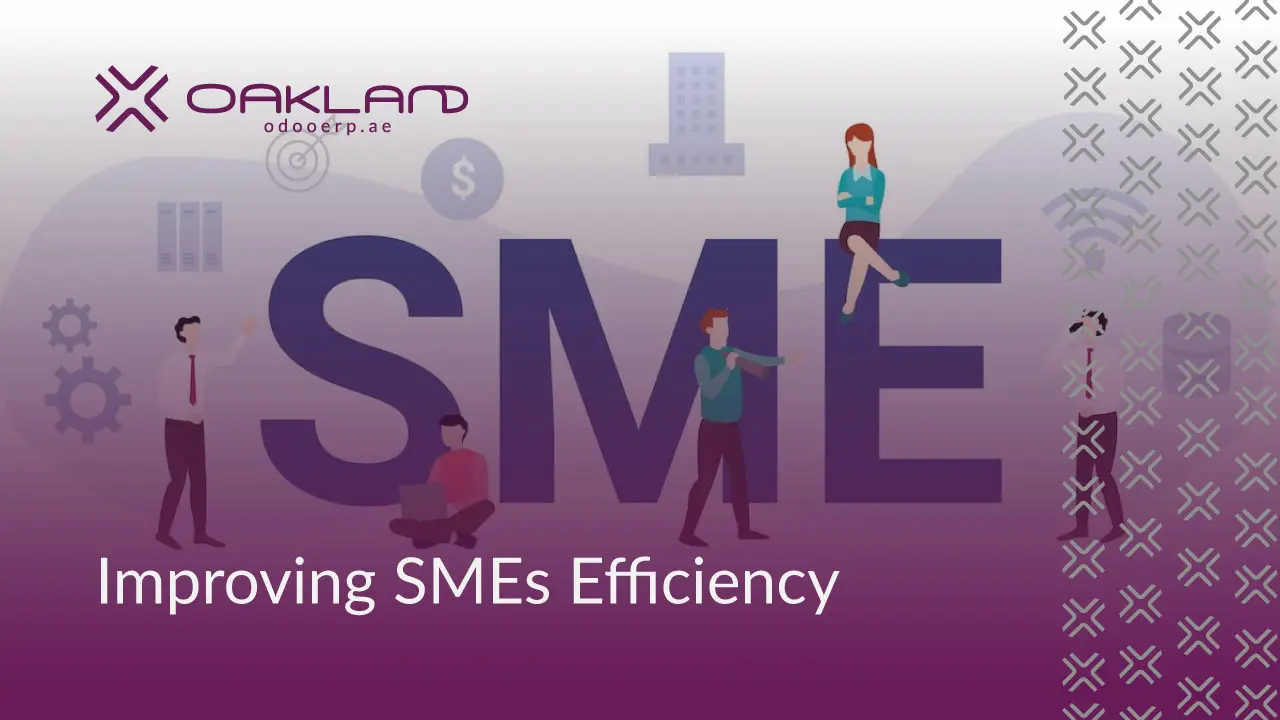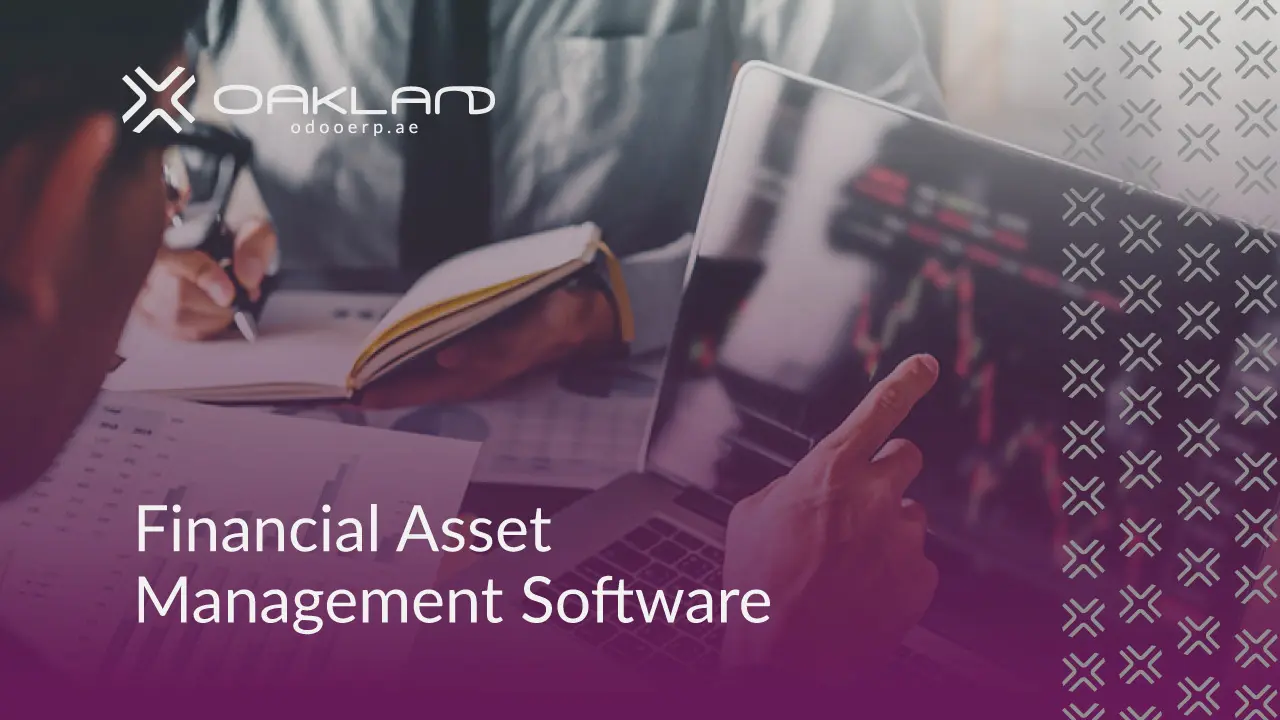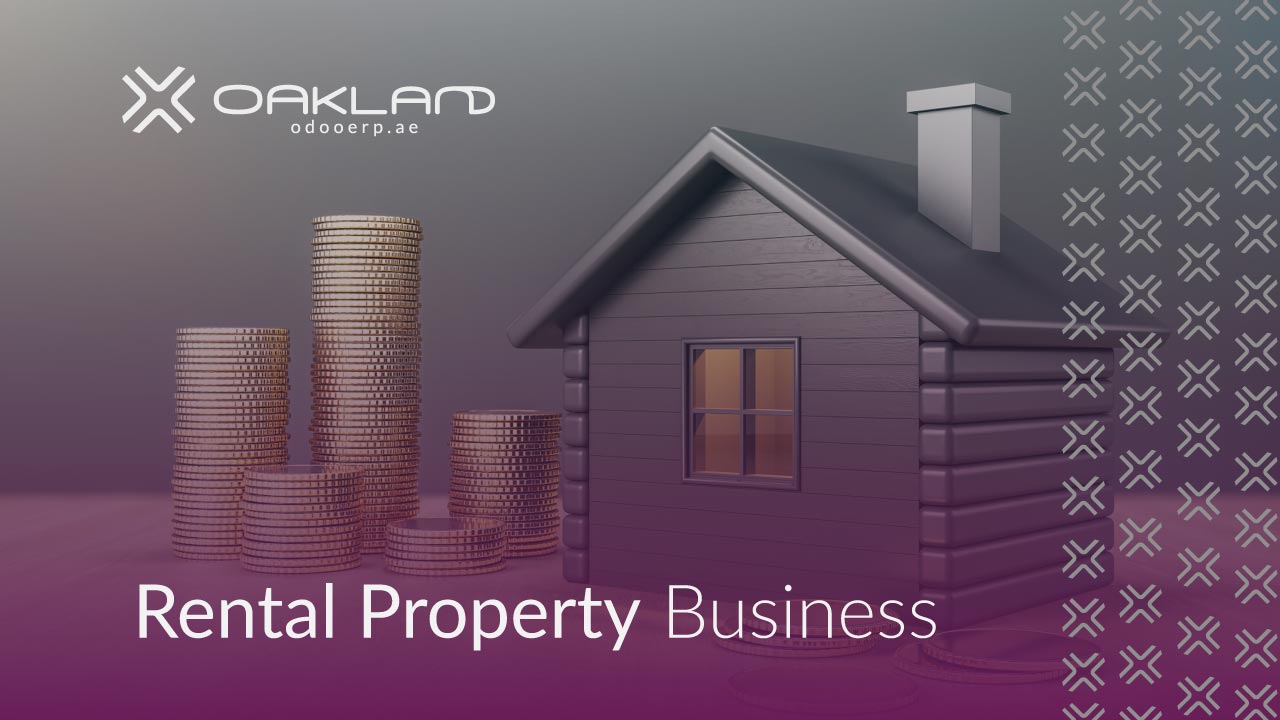Financial advisors and wealth managers face unique challenges: they must track complex portfolios, maintain detailed client records, and stay compliant with industry regulations. A specialized customer relationship management (CRM) system for financial services helps streamline these tasks by unifying client data, automating workflows, and enhancing communication.
As one industry overview notes, finance firms “need strong client relationships for continuous growth,” which requires reliable finance-focused CRM software to monitor client interactions, automate processes, and secure sensitive data. In short, the right financial advisor CRM boosts efficiency so advisors can focus on clients, not paperwork.
- Key benefits of a finance-focused CRM: unified client profiles, automated compliance tracking, integration with portfolio and planning tools, and mobile access.
- Use cases: tracking leads and referrals (investment advisor CRM), scheduling client check-ins (financial planning CRM software), and managing tasks across advisors.
- Industry research confirms that CRMs are becoming “indispensable” in finance – helping advisors handle relationships, investments, and regulatory reporting more effectively.
Odoo CRM
Odoo is an open-source, integrated business suite that includes a robust CRM module. It is highly customizable and can serve as an all-in-one CRM for financial advisors by combining customer management with accounting and project apps.
With over 5 million users, Odoo’s CRM is lauded as a leading open-source solution. It offers Kanban-style pipelines, lead scoring, email integration, and marketing automation to help advisors capture and convert leads efficiently.
Crucially for finance teams, Odoo’s integrated accounting and billing modules mean client transactions and quotes are managed in the same system, reducing data silos. Overall, Odoo aims to be “very easy to use and fully integrated” across sales, inventory, and finance.
- Key Features: End-to-end integration with accounting and invoicing; lead/opportunity tracking with drag-and-drop pipelines; email marketing automation; real-time sales forecasts. Users can manage client proposals and recurring revenues, and even convert incoming emails into opportunities.
- Pricing: The Community (open-source) edition is free for unlimited users. Odoo’s paid plans (Enterprise) start around $25–$50 per user/month, depending on apps and support. (Enterprise adds official support, hosting, and advanced modules.)
- Pros: Highly flexible and scalable; integrates CRM with accounting, project management, and helpdesk; customizable dashboards; cost-effective (no licensing fees for Community).
- Cons: Not tailored specifically to finance or wealth management out of the box – extra setup and customization may be needed; smaller advisor firms may find the platform’s breadth overwhelming at first.
Salesforce Financial Services Cloud
Salesforce Financial Services Cloud is a market-leading CRM built explicitly for banks, insurance and wealth firms. Branded as the “world’s #1 financial services CRM,” it uses AI and data integration to give advisors a complete client view.
It connects to core banking and custodial systems so advisors can see customer holdings, goals and interactions all in one place. AI-driven features (Einstein Analytics) help identify high-value clients and automate tasks.
Financial Services Cloud also includes compliance and consent tracking tools to ensure regulatory requirements are met. In practice, large advisory firms use it to manage onboarding, service cases, and cross-selling: all processes can be automated with custom workflows.
- Key Features: 360° client profiles (account holdings, financial goals, contact history); automated compliance checklists; AI-driven insights for client targeting; integration with financial planning and portfolio tools via the Salesforce AppExchange.
- Pricing: Advanced platform pricing starts around $300 per user/month for the Financial Services Cloud edition (billed annually). Organizations can also license Salesforce Sales/Service Cloud ($150–$300) and add Finance Cloud features. (Exact pricing varies by region.)
- Pros: Extremely powerful and industry-focused; handles large enterprises; robust reporting and analytics; seamless integration with other Salesforce products (Marketing Cloud, Tableau CRM, etc.).
- Cons: High cost per user; complex to implement and maintain; often overkill for small firms – requires training and possibly a full-time admin.
Zoho CRM for Financial Services
Zoho CRM offers a specialized package for financial services firms that combines an affordable price with rich automation. It delivers a unified client view with sales and account data, allowing advisors to see all contacts, transactions, and policy documents in one place.
Zoho’s Zia AI assistant provides predictive lead scoring and suggests optimal follow-up times. The platform includes automated workflows for common tasks (like meeting scheduling and document approvals) and built-in compliance features (GDPR and SOC compliance) to secure client data. Advisors can create custom dashboards and reports to track KPIs such as Assets Under Management (AUM) growth.
- Key Features: 360-degree financial client profiles (with policy and transaction history); lead and pipeline management; email and client outreach automation; integrated helpdesk support; AI analytics (Zia) for forecasting and engagement.
- Pricing: A free plan is available for up to 3 users (basic CRM features). Paid plans start around $18–$30 per user/month (Standard/Professional), scaling up to ~$45–$50/user for Enterprise editions. (Zoho often discounts for annual billing.)
- Pros: Very cost-effective for small teams; includes sales and marketing tools in one platform; strong mobile apps; “fully compliant” with financial data standards as advertised.
- Cons: Less out-of-the-box finance-specific functionality than some competitors; more advanced modules (like Canvas or telephony) require higher-tier plans; support quality can vary.
Microsoft Dynamics 365 (Sales & Finance)
Microsoft Dynamics 365 combines CRM with ERP capabilities, making it a comprehensive system for mid-size to large financial firms. The Sales or Customer Engagement modules handle client management (leads, contacts, service cases) while the Finance and Operations modules handle accounting, budgeting, and reporting.
A key selling point is unified data: advisors work in the same ecosystem as accountants and operations, ensuring consistency. Dynamics includes AI-driven financial forecasting and automatic compliance checks (e.g., automated VAT/tax calculations). It also integrates seamlessly with Office 365, Power BI analytics, and the Microsoft Power Platform for custom workflows. In essence, it offers an “all-in-one financial oversight” solution.
- Key Features: Financial reporting and forecasting; customer and opportunity management; team collaboration in Teams; automated workflows (via Power Automate); AI insights for cash flow and sales predictions.
- Pricing: Dynamics 365 is modular for CRM capabilities, Sales Professional is ~$65/user/month, Sales Enterprise ~$95, Customer Service ~$95. The full ERP+CRM suite (Dynamics 365 Plan) is about $210/user/month. Alternatively, specialized Finance apps cost ~$180–$210 each.
- Pros: Highly configurable and scalable; extensive security and compliance features; strong analytics; works well for firms already using Microsoft tools.
- Cons: Can be expensive when adding multiple modules; significant implementation effort; lengthy learning curve for users and admins.
Wealthbox CRM
Wealthbox is a modern CRM designed specifically for wealth management and advisory teams. It offers a clean, user-friendly interface with social-media–style feeds and simple drag-and-drop task boards. Wealthbox centralizes client contacts, households, and communication notes.
Advisors can log interactions, set follow-up tasks, and view client activity streams in real time. It also syncs with popular calendar apps and integrates with many custodial and financial-planning platforms. A key benefit is quick adoption: reviewers note that Wealthbox’s UI is intuitive, allowing teams to get started with minimal training.
- Key Features: Contact and household management with tagging and relationship mapping; task and workflow automation (e.g., reminding advisors of calls or reviews); email sync and collaboration tools; activity timeline for each client; mobile app for on-the-go access.
- Pricing: Three tiers – Basic ($59/user/month), Pro ($75/user), and Premier ($99/user) when billed annually. (A free trial is available.)
- Pros: Very user-friendly and tailored to advisors; strong client-sharing and team collaboration features; customizable workflow templates; excellent customer support. G2 reviewers highlight that it’s “custom built for financial services” and “makes it effortless for advisors… to keep, track and report on data”.
- Cons: Lacks some of the advanced automation or marketing features of larger CRMs; can be comparatively costly for larger firms (premium tiers for advanced analytics). Best suited for small-to-mid-sized practices.
Redtail CRM
Redtail is one of the most established CRMs in the financial advisor space, often cited as the first cloud-based advisor CRM. It emphasizes complete client management and integration. Redtail stores detailed client records, notes, and document attachments in a secure, centralized system.
It includes built-in compliance and audit trails so firms can meet regulatory requirements. Advisors use Redtail to automate workflows (task reminders, birthday and anniversary follow-ups, etc.), and its broadcast email module lets firms send targeted newsletters to client segments. Redtail integrates with a very large ecosystem – over 100 partner apps including financial planning, portfolio management, and custodial platforms.
- Key Features: Comprehensive client management (contact records, household relationships, detailed notes); secure document storage; workflow automation and task tracking; email broadcasting; wide range of pre-built integrations to financial tools.
- Pricing: Two main plans – Launch ($39/user/month) and Growth ($59/user) (both billed annually). (More features like document imaging or text/email automation are available in higher plans.)
- Pros: Proven, advisor-focused platform; very stable and widely adopted; strong integration network; more affordable entry pricing than many competitors.
- Cons: User interface is functional but seen as dated compared to newer CRMs; fewer built-in analytics/reporting; workflow customization is more limited. Larger firms may find the feature set basic and may outgrow Redtail’s native tools over time.
HubSpot CRM (Financial Services Edition)
HubSpot CRM is a general-purpose CRM with excellent ease of use and a powerful free tier. It’s not built exclusively for financial services, but HubSpot does offer industry guides and templates for finance teams.
HubSpot provides core CRM features (contact and lead management, deal pipelines, task tracking) along with very strong marketing automation (email campaigns, social media, content marketing). The platform is fully web-based and includes a free Sales Hub that many small advisory teams use to manage deals and communications at no cost. Paid Sales/Marketing Hub tiers add reporting dashboards, team management, and advanced automation.
- Key Features: Contact/lead database, drag-and-drop deal pipelines, email and meeting scheduling, live chat; built-in marketing tools (email blasts, forms, ads); customizable dashboards and reports. HubSpot’s “Financial Services” pages emphasize CRM alignment with advisory workflows and ROI for banks and wealth firms.
- Pricing: Free basic CRM for unlimited users. Paid plans start at $50/user/month (Starter Sales or Marketing Hub); Professional and Enterprise tiers (for advanced analytics, automation and onboarding) cost several hundred per user.
- Pros: Easy to implement and use; free tier covers basic needs; excellent email marketing and content management; strong ecosystem and integrations. Ideal for small advisory practices or brokerages with limited budgets.
- Cons: Lacks finance-specific features (no built-in portfolio trackers, etc.); to unlock advanced reporting or customization, businesses must upgrade and pay substantially more. Automations and integrations outside HubSpot’s ecosystem can be complex.
Comparison Table of Key Features, Pricing, Pros and Cons
| CRM / Feature | Core Features | Pricing (per user/month) | Pros | Cons |
| Odoo CRM | Integrated CRM + accounting/ERP; lead pipeline (Kanban view); email marketing & follow-ups | Free (Community); ~$31 (Standard), ~$47 (Custom) | Open-source and highly customizable; full ERP integration; no license fees for community; unlimited users. | Requires setup and possible dev support; not finance-specific out-of-box; steeper learning curve for non-technical users. |
| Salesforce Financial Services Cloud | Unified wealth-management data model; AI analytics; compliance templates; data from core banking and insurance systems | From ~$300 (Annual, Financial Services Cloud) (Sales Cloud starts ~$150) | Industry-tailored CRM; extremely powerful & scalable; deep integrations (AppExchange); constant updates. | Very expensive; complex to implement; overkill for small firms; requires dedicated admin. |
| Zoho CRM (Finance edition) | 360° client profiles; AI assistant (Zia); workflow automation; integrated helpdesk; compliant (GDPR, SOC) | Free (3 users); Standard ~$18; Professional ~$30; Enterprise ~$45 | Very affordable; all-in-one sales/marketing support; highly configurable; strong mobile apps. | Some financial-specific features require manual setup; higher plans needed for advanced features; support can lag. |
| Dynamics 365 (Sales/Finance) | All-in-one ERP+CRM: budgeting, reporting, forecasting; sales & service automation; integration with Office 365 & Power BI | Sales Professional $65; Enterprise $95; Full suite $210 | Enterprise-grade; tight Microsoft ecosystem integration; powerful analytics (AI and BI); top-tier security. | High total cost (multiple apps); long deployment time; complexity requires training; licensing complexity. |
| Wealthbox CRM | Advisor-focused UI; contact/household mgmt; task/workflow automation; calendar and email integration | Basic $59; Pro $75; Premier $99 | Modern, intuitive interface; quick team adoption; built specifically for wealth managers; good support. | Limited advanced automation; fewer built-in analytics; premium plans needed for full feature set. |
| Redtail CRM | Secure client records & docs; task reminders; email broadcasting; 100+ integrations (custodial and planning tools) | Launch $39; Growth $59 (annually) | Long-standing industry standard; very integration-rich; reasonable pricing; proven reliability. | Dated interface; basic reporting; less flexible customization; advanced features require add-ons. |
| HubSpot CRM | Contact/lead database; deal pipelines; email scheduling; built-in marketing (email/ads/forms); automation workflows | Free tier available; Starter ~$50; Professional ~$500; Enterprise ~$1200+ | Free and easy to start; excellent marketing/communication tools; highly user-friendly; strong integrations. | Not specialized for finance; core features are basic; advanced functionality very expensive; must pay per seat for higher plans. |
Conclusion
Choosing the best CRM for financial advisors depends on firm size, budget, and specific needs. Smaller advisor teams may favor cost-effective, user-friendly solutions (like Odoo, Zoho, or HubSpot CRM) to manage client contacts and basic workflows, while larger wealth managers often invest in enterprise platforms (such as Salesforce Financial Services Cloud or Dynamics 365) for sophisticated analytics and industry-tailored compliance tools.
In all cases, the ideal CRM for finance professionals provides secure, unified client data and automations that align with advisory workflows. As one expert summary emphasizes, “CRM software for financial advisors” should be evaluated on customization, data security, integration capabilities, and cost.
In practice, Odoo stands out for its flexibility and integration (especially for teams that also need accounting and project apps), whereas Salesforce and Microsoft offer unmatched scalability and financial-services-specific features.
Meanwhile, niche CRMs like Wealthbox and Redtail remain popular for their advisor-first design. Ultimately, “the appropriate CRM choice ensures your financial services business achieves operational efficiency and growth”. This comparison of features, pricing, and pros/cons should help financial advisors and wealth managers select a CRM platform that delivers the best ROI for their practice.
FAQs
Q1: What is a financial advisor CRM and why is it necessary?
Ans: A financial advisor CRM (or finance CRM) is a customer-relationship system tailored to the needs of advisors and wealth managers. It organizes contact information, financial goals, portfolios, and interaction histories in one place. By automating tasks (like scheduling client reviews or tracking referrals) and ensuring compliance workflows are followed, a specialized CRM helps advisors spend more time advising clients and less on administrative work.
Q2: How much does CRM software for financial advisors typically cost?
Ans: Costs vary widely. Some CRMs offer free basic versions (HubSpot CRM, Odoo’s Community edition). Paid plans often range from a few dozen to a few hundred dollars per user per month. For example, Wealthbox starts at ~$59/user, Redtail at $39, Zoho at ~$18, while enterprise solutions like Salesforce Financial Services Cloud can exceed $300/user/month. Always consider bundled features vs. price – more expensive systems provide advanced analytics and support.
Q3: Can I integrate a CRM with financial planning or investment tools?
Ans: Yes. Most CRMs for financial advisors offer integrations with portfolio accounting, financial planning, and custodial platforms. For instance, Redtail integrates with dozens of wealth-management apps, while Salesforce and Dynamics have extensive marketplaces for banking/wealth connectors. Odoo and Zoho also support integrations (often via APIs or third-party connectors). When choosing, verify that the CRM supports your key tools or can exchange data easily.
Q4: Is there a free CRM for financial advisors?
Ans: Several CRMs offer free tiers that can work for very small advisory practices. HubSpot CRM is free for basic contact and deal tracking (no user limits). Odoo offers a free “One App” plan (choose one module, unlimited users). Zoho CRM’s free edition supports up to 3 users. These free plans usually lack advanced finance-specific features, but they let you get started with CRM concepts at no cost.
Q5: Which CRM is best for a small advisory firm vs. a large wealth management company?
Ans: Smaller firms often prioritize ease of use and cost. They may lean toward intuitive, affordable CRMs like Odoo (open-source and free options), Zoho, or HubSpot, which allow quick setup. Larger firms typically need enterprise-scale solutions. Salesforce Financial Services Cloud and Microsoft Dynamics 365 (with its Finance/Operations modules) are designed for complex organizations and offer rigorous security/compliance tools. Wealthbox and Redtail sit in the middle: they’re popular with midsize practices because they specialize in advisory workflows without the overhead of huge systems.
Q6: How do I choose the right CRM software for my practice?
Ans: Evaluate based on factors such as: number of users, budget, required integrations (custodian, planning tools), and needed features (e.g. workflow automation, marketing). Read user reviews and pilot a few options if possible. As one reviewer advises, consider customization, data security, and scalability when deciding. Ultimately, the best CRM for financial advisors is one that seamlessly fits into your firm’s processes and grows with your business.



